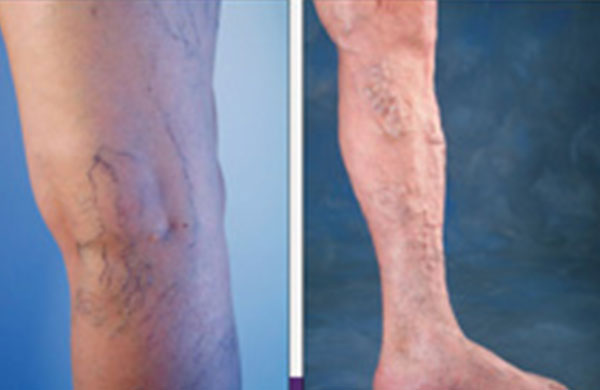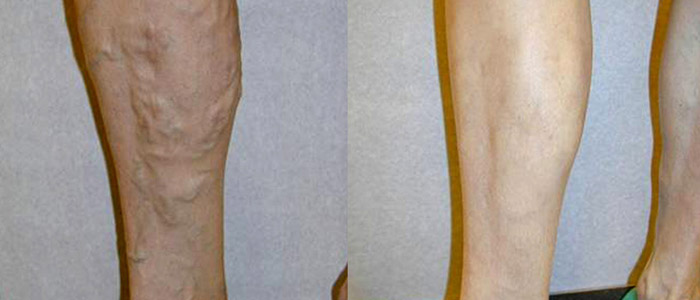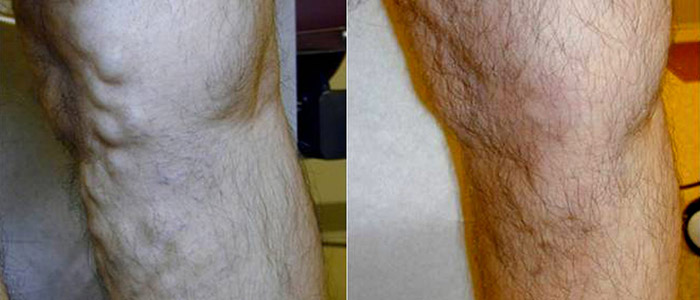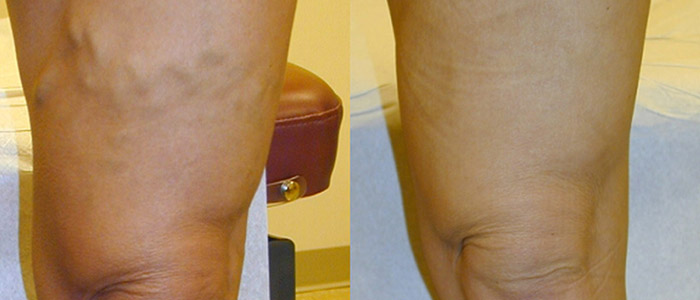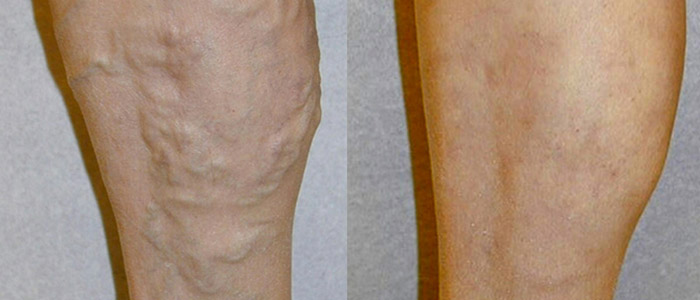Overview of Deep Vein Thrombosis and Pulmonary Embolism
What are Deep Vein Thrombosis (DVT) and Pulmonary Embolism (PE), and why should patients care?
Deep Vein Thrombosis (DVT) is one of the most prevalent medical problems today. DVT, while in some cases life-threatening, can lead to an even more serious condition called pulmonary embolism (PE). In fact, death occurs in about 6% of DVT cases and 12% of PE cases within one month of diagnosis.1 DVT and PE are caused by blood clots in the veins. A pulmonary embolism occurs when one of these clots travels to the lungs where it may obstruct air flow. Annually, it is estimated that 600,000 patients will be diagnosed with venous thromboembolism, and anywhere from 50,000-200,000 will die from PE. PE is stated to be the leading cause of preventable death in hospital patients, responsible for approximately 10% of all hospital deaths.
Who is at risk?
People with varicose veins are more prone to thrombosis and embolism; other factors that contribute to increased risk are advanced age, obesity, and cardiac problems, among other conditions. If you are at risk of DVT, there are preventive measures you can take, such as wearing compression stockings during air travel or for prolonged periods of standing or sitting. Be sure you discuss this with your physician. You should consider asking for a referral to a Venous Specialist if you have any symptoms of varicose veins, leg spider veins, restless leg syndrome, heavy or aching legs, venous ulcers, or if you have a family history of DVT or PE. American Heart Association’s Article: Four Topics in Venous Thromboembolism

